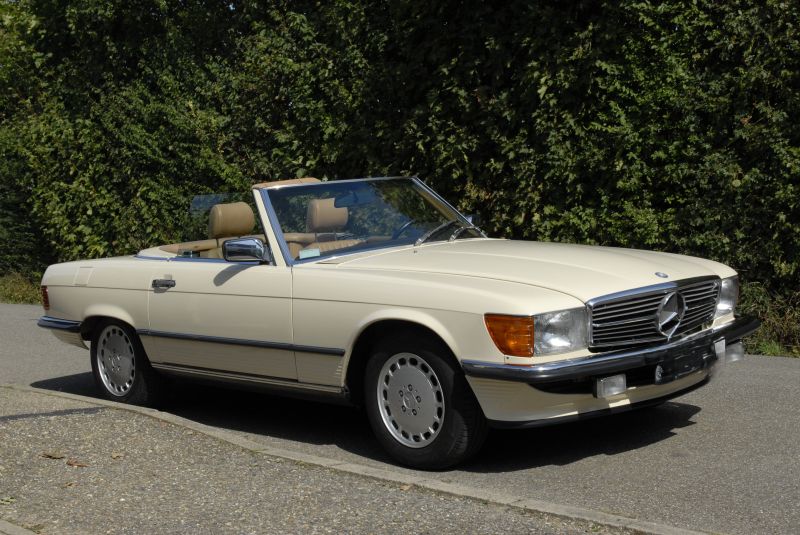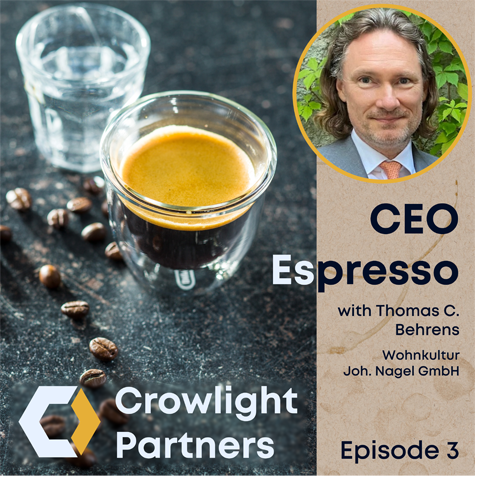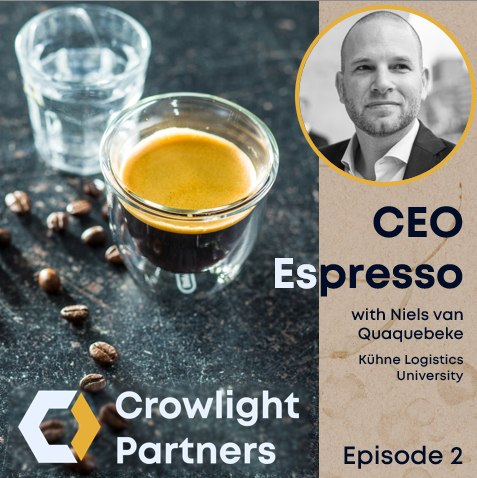Niels Van Quaquebeke – Professor für Leadership & Organizational Behavior an der Kühne Logistics University in Hamburg sowie Distinguished Research Professor an der University of Exeter. Der gelernte Psychologe ist ein Tausendsassa, der neben der universitären Lehre als Autor und Keynote-Speaker das Ziel verfolgt, Führungskultur zu verbessern.
Frage: Was zeichnet eine gute Verhandlung aus?
Antwort: Die naive Antwort wäre: Wenn beide Parteien das Ergebnis der Verhandlung als win-win betrachten. Und bereits von Anfang an dieses Ergebnis erreichen wollten.
Die bessere Antwort: Was will ich erreichen? Gibt es etwa ein konkretes Ziel, ist ein Preis zu erzielen, geht es um ein bestimmtes Zahlungsziel? In einer distributiven Verhandlung kann ein gutes Ergebnis sein, dass ich schlicht mehr bekommen habe, ohne dafür zu viel aufzugeben. Oder geht es darum, die Beziehung zu der anderen Person zu pflegen, weil eine langfristige Kooperation angestrebt wird? Und so weiter.
Man sollte also vorher wissen, was man eigentlich will. Und dann aber auch Raum lassen, um gegebenenfalls noch positiv überrascht zu werden. Gut Zuhören und flexibel im Kopf bleiben sind hierfür die Königsdisziplinen.
Was ist wichtiger in Verhandlungen: Respekt oder Vertrauen?
Beides! Zu Anfang ist ein respektvoller Umgang dienlich, insbesondere solange sich die Verhandler noch nicht wirklich kennen. Zum Ende der Verhandlung und in Anbetracht einer Vereinbarungen, die geschlossen und eingehalten werden soll, braucht es Vertrauen.
Was ist für Führungskräfte zu beachten, wenn sie mit Mitarbeitern verhandeln?
Vorab: Führungskräfte müssen verhandeln, es gibt keine Führung ohne Verhandeln! Denn zwar gibt es formale Verträge, aber halt auch immer Graubereiche. Gerade in letzteren wird auch immer wieder implizit oder sogar explizit verhandelt.
Zudem existiert ja zurzeit bei den meisten Arbeitsstätten eine Informationsasymmetrie zwischen Mitarbeitenden und Führungskräften. Beide wissen nicht alles. Hier tut sich ein fruchtbarer Boden für Verhandlungen auf.
Hat sich Deine Sicht auf Verhandlungen im Laufe der Zeit geändert?
Oh, sie ändert sich jeden Tag. Meine ersten Erinnerungen gehen zurück auf die Verhandlungen auf dem Flohmarkt, wo ich natürlich das Maximale rausholen wollte. Mittlerweile erkenne ich andere Erfolge in Verhandlungen. Es geht mir etwa um Zinseszinseffekte im Rahmen meines Sozialkapitals. Das ist relevant. Beziehungen aufgebaut zu haben, so dass ich schneller die richtigen Verhandlungspartner erreiche und zu einem Abschluss kommen kann. Ich werde effizienter. Insofern: Ich habe gelernt, dass oftmals das langfristige Denken über die einzelne Verhandlung hinaus wichtiger ist als der kurzfristige Gewinn. Und trotzdem lehren uns auch die derzeitigen geopolitischen Geschehnisse, dass manchmal Gangarten auch umgestellt werden können. Da sollte man sich nicht von überraschen lassen.
Wird KI in Zukunft für uns verhandeln?
Wir Menschen sind grundsätzlich keine guten Verhandler. Deshalb nutzen wir schon immer Berater, Anwälte etc., die uns in Verhandlungen unterstützen. Das kann oftmals KI jetzt schon bemerkenswert gut, und es wird mit jedem Tag besser. Wahrscheinlich wird zukünftig immer mehr KI mit KI verhandelt bzw. beraten. Das machen doch heute schon viele, indem sie beispielsweise den Scheidungsanwalt durch chatGPT ersetzen.
Es sei aber auch angemerkt: Mit zunehmenden (digitaler) Transparenz am Markt wird es auch weniger “Verhandlungen” brauchen. Stattdessen wird es eher nach Marktdynamiken von Angebot und Nachfrage geregelt werden.
In welche Richtungen bildest Du Dich beruflich weiter?
Angesichts der Umwälzungen in unserer Welt zuerst: Resilienz, denn ich will mit Rückschlägen besser umgehen können. Dann Adaptivität, denn ich möchte Opportunitäten schneller entdecken und nutzen. Drittens das kritische Denken, denn wenn alle der KI-Herde folgen, dann sticht der unabhängige Denker hervor.
Das Interview führten wir im Juni 2025.





